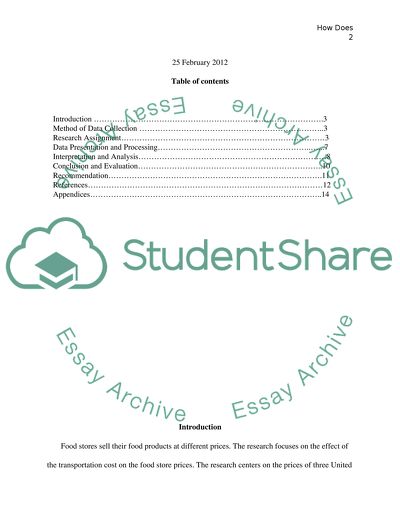Cite this document
(“How does the relative distance traveled by food products impact the Research Paper”, n.d.)
Retrieved from https://studentshare.org/marketing/1395336-how-does-the-relative-distance-traveled-by-food
Retrieved from https://studentshare.org/marketing/1395336-how-does-the-relative-distance-traveled-by-food
(How Does the Relative Distance Traveled by Food Products Impact the Research Paper)
https://studentshare.org/marketing/1395336-how-does-the-relative-distance-traveled-by-food.
https://studentshare.org/marketing/1395336-how-does-the-relative-distance-traveled-by-food.
“How Does the Relative Distance Traveled by Food Products Impact the Research Paper”, n.d. https://studentshare.org/marketing/1395336-how-does-the-relative-distance-traveled-by-food.


